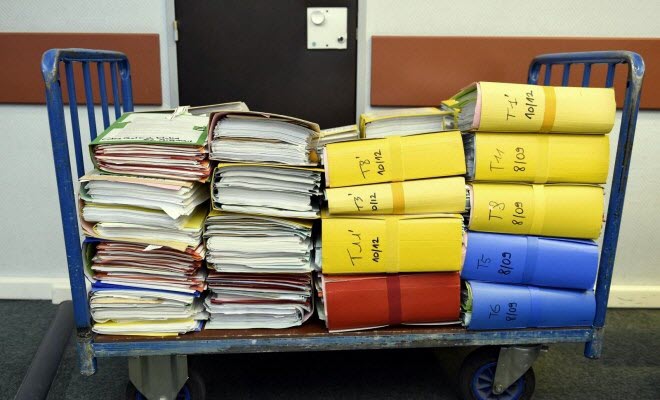It’s an important subject for a number of our e-commerce clients whose priorities are a reduced time-to-market and a global reduction in the cost of internationalizing their website.
In the example below, we’ll discuss one of the solutions we offer to clients with voluminous content that they need localized. This example comes from the tourism industry.
Tourist guides: voluminous and ephemeral content
The case study we’re going to discuss today is from a client who creates tourist media (both print and web). Up until this point, the client only sold products in France, but, they wanted to expand to other markets.
After a quick evaluation of the volume of the content and a calculation of the cost for a 100% human translation service, we realized that the project wouldn’t fall within the cost and lead time limits of our client.
Try to imagine… you’re offering encompasses more than 700 tourist destinations and each guide is approximately 300 pages on average. Nearly half of that content is updated every year thanks to contributors from across the world. Now, try to imagine the invoice for the translations!
Our challenge was thus to offer an economically viable solution to our client.
In order to do so, we chose to automate a portion of the translations.
Machine translation: what is it?
There are a number of players who offer machine translation solutions on the market.
But, how can you navigate between so many options?
One thing you should know is that not all MTs work the same. Some are based on statistical analysis (like pre November 2016 Google translate). Others are rule based (based on linguistic rules). Others still use neural networks.
Moreover, none of the available free tools are able to offer complete confidentiality of your data. That’s why we strongly recommend you opt for a paid solution.
Case study: recommendations

After studying the project with the client, we determined there were 2 types of content:
- Content with low added value: such as client testimonies;
- Content with higher added value: such as tourism content.
For the first type of content, the client decided to opt for a 100% Machine Translation as a ward against expenses. The goal was just to make the content available to foreign speakers. If the content is well translated, then that becomes added value for foreign consumers. If, however, the translation falls short, then the customer can just pass to the next testimony.
Even if the quality of machine translation is constantly improving, if the source text is poorly written, as far as syntax, spelling, or the use of abbreviations is concerned, the machine will be incapable of offering a quality translation.
For the second type of content, the “touristic” content, the client opted for a mixed solution with machine translations revised by professional translators. The solution is both economical and a better quality than a normal machine translation. However, the result isn’t quite the same as a 100% human translation, especially at the start of the project. It is necessary to “train” the translation engine in order to get the best results. The training does require a large volume of documents in order to be optimized.
In this case, we indicated to our translators that their revision should focus on correcting grammatical, spelling, syntactic and terminological errors in order for the totality of the content to make sense. However, we also requested that they not spend time on the overall quality of each sentence as the style was not part of the client’s demands.
Note: on a project of this size, the translation memory is fed in real time by the translators’ corrections, which allows for a clear improvement on the quality of the first draft provided by our CAT (Computer-Assisted Translation) tool.
Localizing content: a strategic challenge for our clients
For companies where the added value is in the written word, the cost of localization can be exponentially higher. That’s why it is so important to find a solution that is appropriate for your needs; a solution which will allow you to plan for a rapid internalization at a reasonable cost.
This client also works with us for marketing translations, where we provide full human translations. While machine translations may give acceptable results, it is still far from attaining the value of a human translation when it comes to creating stylized and attractive content. These 100% human translations are therefore more expensive per word, but as the volume is much smaller, the cost remains within a reasonable budget.
Companies are always limited in their annual budgets and choices must be constantly made on what to prioritize. For this client, we worked to make sure everything was translated for their launch on foreign markets, with all of the different degrees of quality.
In the same circumstances, other companies will choose to focus on quality and reduce the amount of content to translate.
Our role is to bring a unique solution to each company. For that, we take the time to listen to your needs and understand your values before sending on our recommendations.

